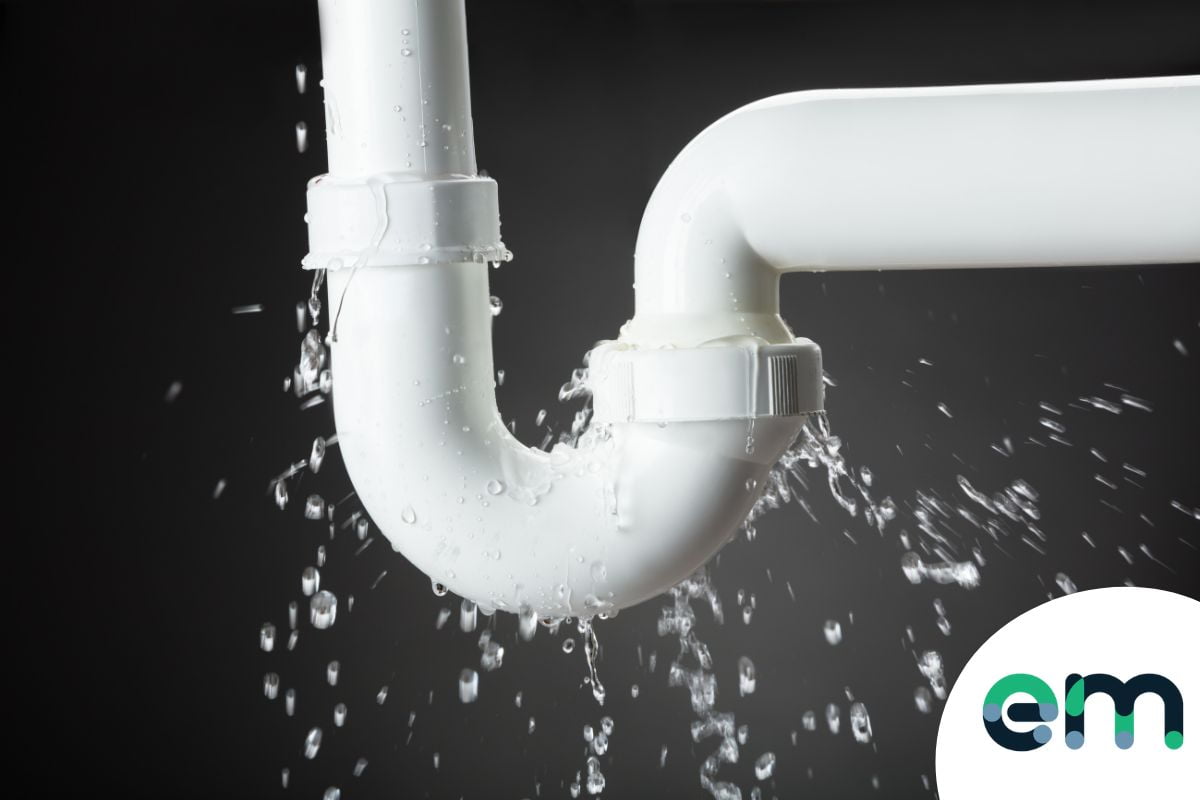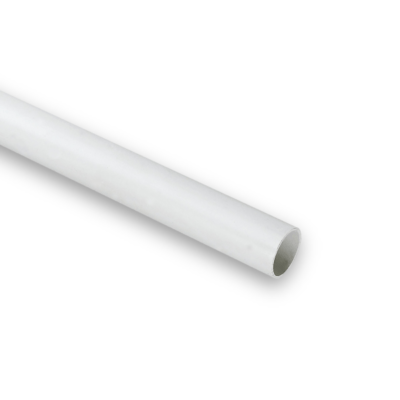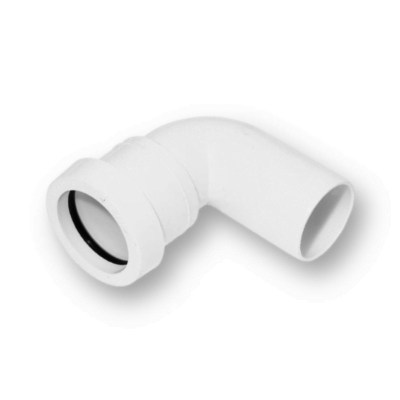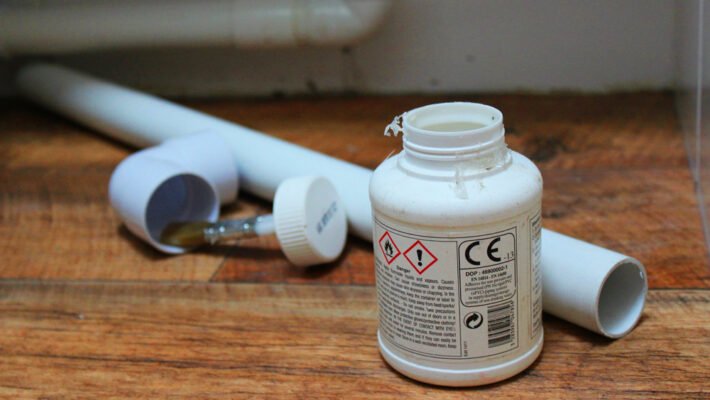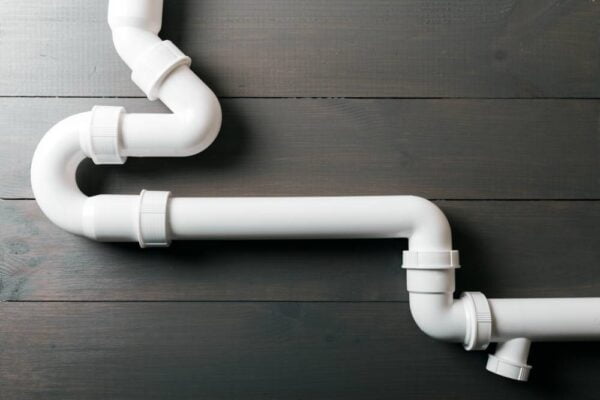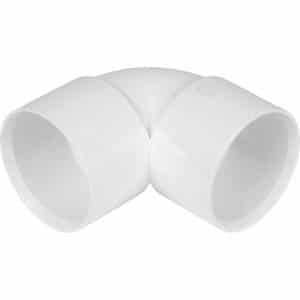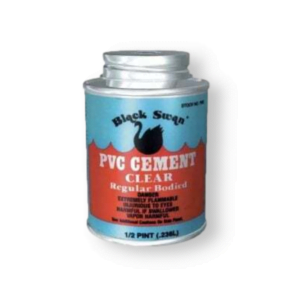No products in the basket.
Blog
Solvent Weld and Push Fit Pipes – What’s the Difference?
If you’re renovating a bathroom or kitchen or wanting to fit a shiny new appliance in, you’ll probably want to to consider your waste systems, and more specifically your waste pipes. These are the pipes that connect to things like baths, showers, sinks, and other appliances, and that then connect to the main soil pipe, eventually going into an underground drainage system.
While you might not have put much thought into your waste pipes before, they actually come in a variety of options, ranging from aesthetic choices like colour to more important design elements like different connection types. The two primary types of waste pipe system are solvent weld waste and push fit waste, which differ in how they fit together with one another. Here, we’ll go over the difference between these types, how you install them into waste pipe systems, and the advantages that they each have over each other.
Solvent Weld Pipes
Solvent weld pipes are usually seen as the more robust option, and are joined by a chemical bond with solvent cement such as Black Swan, creating a permanent joint. The bond works because the solvent cement slightly dissolves the pipe where it is applied, welding the surfaces together when the two pipes are joined together. If you’re wanting to create a tough watertight bond, solvent weld pipes are a great choice. Solvent waste is the go to choice for most professional plumbers because once it’s fitted, it isn’t going to come apart!
Push Fit Pipes
Push fit pipes work slightly differently to solvent weld, not requiring any kind of glue or cement to install, but are still able to create a strong joint. Instead of creating a permanent chemical bond, these kinds of pipe simply slot together after being cut, with a rubber seal joining them together more firmly in the place of a cement. If you need to be able to take apart your pipes for maintenance purposes, push fit is much more convenient than solvent weld.Push fit is usually the go to choice for DIYers because it’s easy to take apart again if required.
How to Install Solvent Weld Pipes
Connecting up a solvent weld pipe is a pretty straightforward process, so don’t let the use of cement put you off! Here are the basic steps of fitting your solvent weld pipes together:
- Plan your pipework so that it’s the correct size for your system – remember, you’re creating a permanent bond, so you don’t want to be joining two pieces of pipe that aren’t the right size!
- Position your waste trap accurately so you know where everything’s going
- Cut all of your pipework to the right length (make sure to measure twice – again, you can’t undo a solvent weld), and ensure that all of your cuts are square to avoid pipes coming loose
- Sand down the cut to avoid rough edges that can lead to leaks
- Dry fit your pipes to ensure they all fit snugly together
- Use pipe cleaner to degrease and soften the skin of the pipe ready for the cement
- Spread the solvent cement around the inside and outside of the pipe end with a brush
- Insert and slightly twist the pipes together
- Wipe off any excess cement with a cloth
- Wait 10 to 20 minutes for the cement to dry, and at least 8 hours for the cement to cure before use
How to Install Push Fit Pipes
Push fit pipes are somewhat more straightforward to install than the solvent weld kind, and can be taken apart again much more easily, taking some pressure off of the whole process. Here’s a quick run through of what you need to do to connect a push fit pipe:
- Plan your pipework in advance to make sure it all fits
- Position your waste trap so that you know where everything is going to go
- Cut your pipework using dedicated pipe cutters (using the wrong tool can result in damage being done to the O ring, which can compromise the join)
- Push the correct kind of pipe insert into the length (note – copper pipes don’t need an insert)
- Mark the pipe with a pen and pull it out so that you know how far in it needs to be pushed – not pushing it in all the way leads to leaks
- Push one pipe fully into the other
You can read our How to Join Different Types of Plastic Pipe blog post here for full instructions on all the different types of plastic pipes.
Which type of pipe is better?
As you can probably tell, there are a few differences between these types of joints that lend themselves better to certain situations, though much of the decision making will come down to personal choice.
Solvent weld pipes are usually made from PVC, the fittings look thinner and more streamlined than the push fit variety as they don’t have the bulky sockets to contain the rubber seals. PVC and also the solvent cement is made to be resistant to hot water. These joints are completely permanent and more robust, so if your pipe system is outside or you know that it’s going to be knocked around a fair bit this could be a better option for you.
On the other hand, push fit pipes are made of either PVC or ABS depending on the manufacturer, they are much easier to put together as they are able to be taken apart and put back together again with ease. This variety can therefore be handy if you aren’t too confident in your plumbing abilities, and want to be able to redo your pipe system in case something goes wrong.
However, both types are perfectly useable and functional, so just get the one that works best for you, follow the installation instructions, and you should have a robust pipe system! It’s also worth knowing that both kinds can be pained if required to match your brickwork or decor, however they do usually come in three standard colours, black, white or grey. Pipes from different manufacturers should usually fit each other, however this isn’t guaranteed so it may be worth checking first. Push fit versions do usually adapt as the rubber seal allows for a bit of play.
